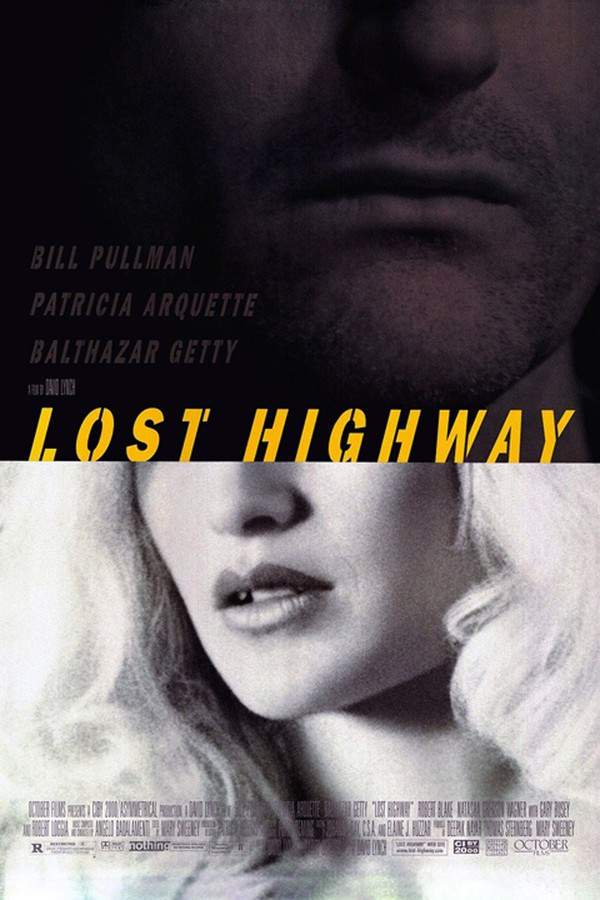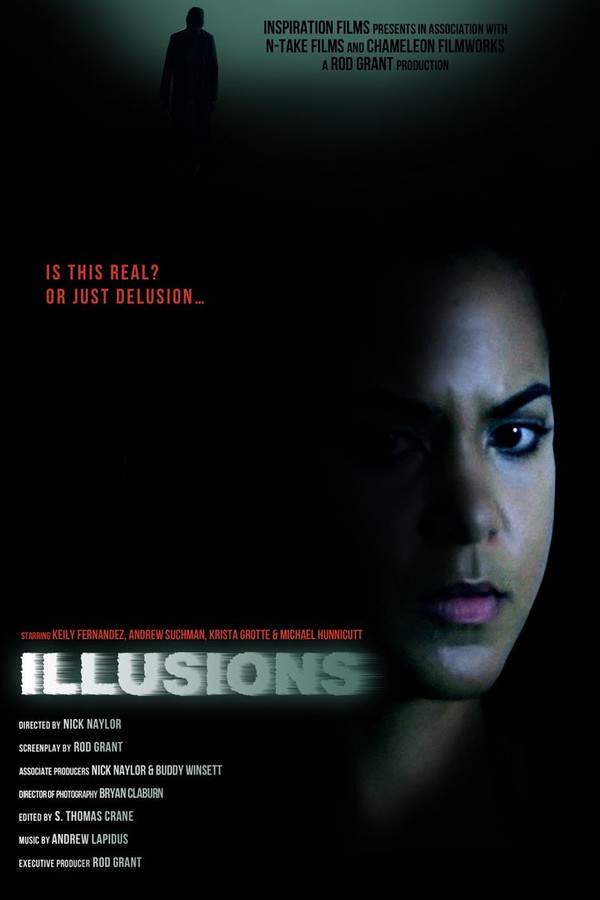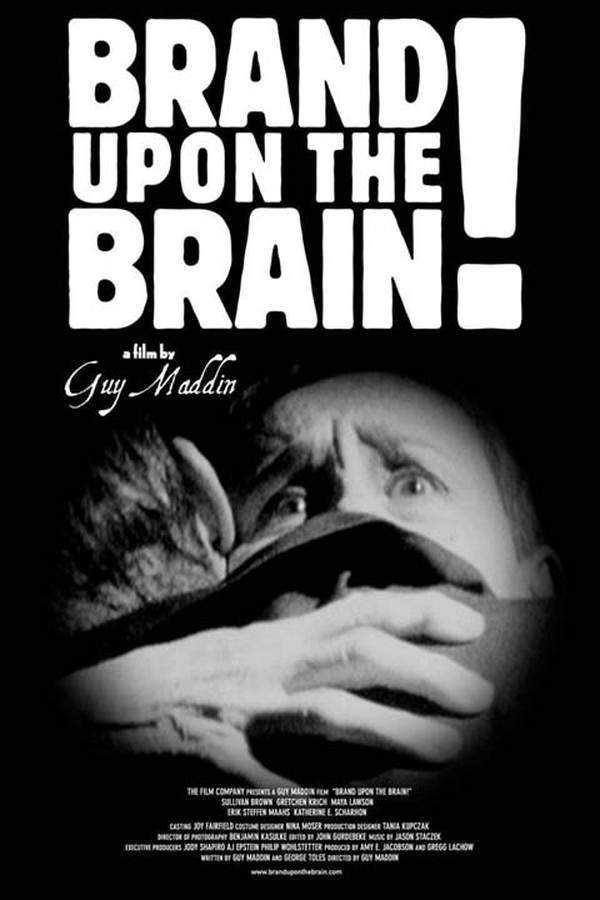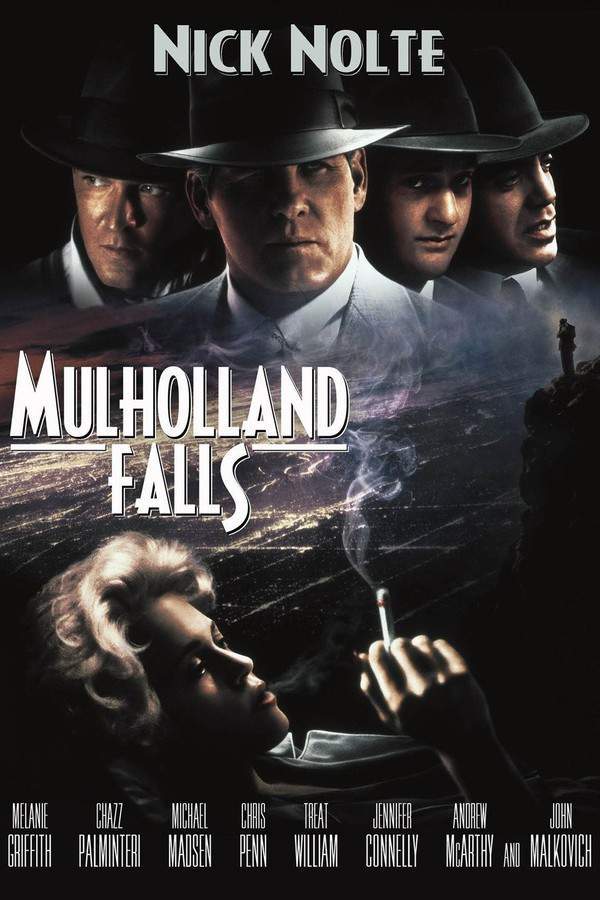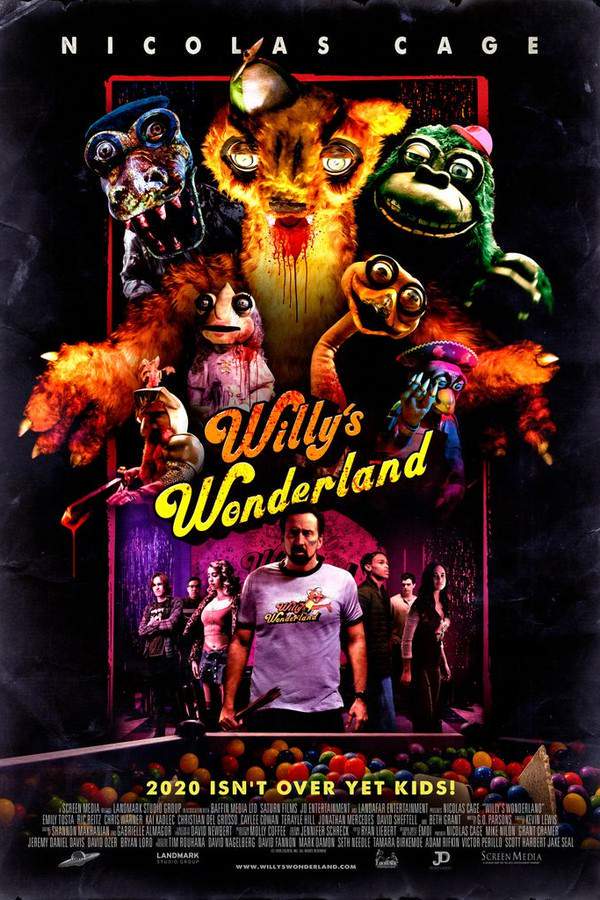Inland Empire 2006
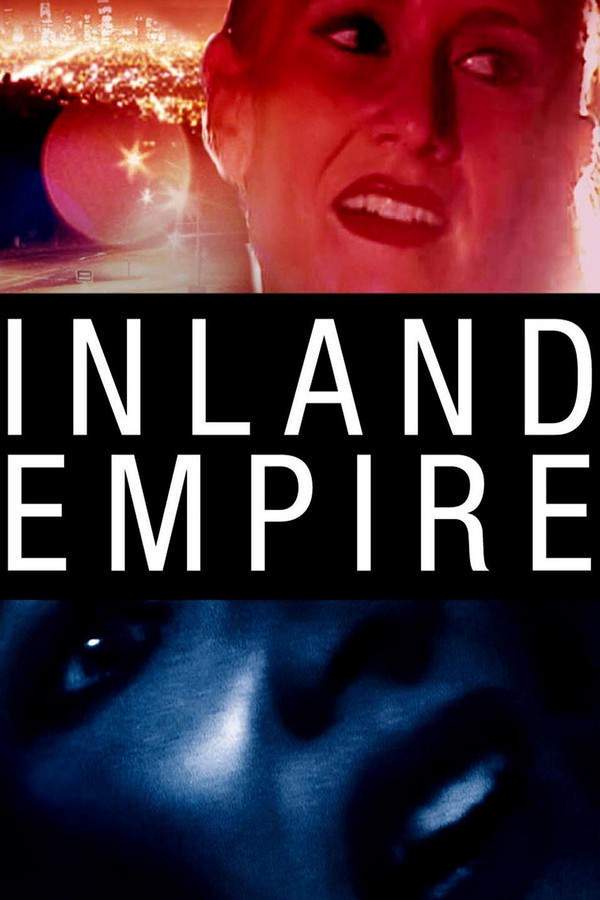
A Hollywood actress finds her reality fracturing as she becomes increasingly immersed in a film production, blurring the lines between her own life and the movie's narrative. Haunted by a dark history and a potential curse, she navigates a surreal and violent world where deception reigns. The film explores themes of identity, alternate realities, and the dangerous consequences of obsession, all within a mind-bending cinematic experience.
Does Inland Empire have end credit scenes?
No!
Inland Empire does not have end credit scenes. You can leave when the credits roll.
Meet the Full Cast and Actors of Inland Empire
Explore the complete cast of Inland Empire, including both lead and supporting actors. Learn who plays each character, discover their past roles and achievements, and find out what makes this ensemble cast stand out in the world of film and television.
External Links and Streaming Options
Discover where to watch Inland Empire online, including streaming platforms, rental options, and official sources. Compare reviews, ratings, and in-depth movie information across sites like IMDb, TMDb, Wikipedia or Rotten Tomatoes.
Ratings and Reviews for Inland Empire
See how Inland Empire is rated across major platforms like IMDb, Metacritic, and TMDb. Compare audience scores and critic reviews to understand where Inland Empire stands among top-rated movies in its genre.

73
Metascore
7.3
User Score


72%
TOMATOMETER

75%
User Score

6.8 /10
IMDb Rating

70
%
User Score
Take the Ultimate Inland Empire Movie Quiz
Challenge your knowledge of Inland Empire with this fun and interactive movie quiz. Test yourself on key plot points, iconic characters, hidden details, and memorable moments to see how well you really know the film.
Inland Empire Quiz: Test your knowledge on the surreal and complex narrative of David Lynch's 'Inland Empire'.
What audio medium opens the movie?
Full Plot Summary and Ending Explained for Inland Empire
Read the complete plot summary of Inland Empire, including all major events, twists, and the full ending explained in detail. Explore key characters, themes, hidden meanings, and everything you need to understand the story from beginning to end.
The film opens with a nostalgic atmosphere, as an old vinyl spins “the longest-running radio play in history,” accompanied by indistinct, filtered voices resonating through time. The scene transitions into a dimly lit hotel hallway where two figures, a man and a woman, their faces obscured, stumble into a hotel room. Speaking in Polish, the man instructs the woman to undress, an act she performs with visible reluctance. When he queries her on the nature of whores, she straightforwardly replies, “they fuck,” suggesting her role as a prostitute.
In a different hotel room, a woman with raven hair, referred to as the Lost Girl (Karolina Gruszka), is seen crying while fixated on a television program. The show features a surreal sitcom about anthropomorphic rabbits engaged in absurd conversations, interrupted by a nonsensical laugh track. As the male rabbit reveals a secret to the female, a mysterious knock at the door changes the scene, captivating all present. The male rabbit ventures out, leaving it ambiguous what lies beyond.
The narrative shifts to an elderly woman with prominent eyes, portrayed by Grace Zabriskie, who ambles through a quaint suburban neighborhood, disoriented. Approaching the strikingly lavish home of Nikki Grace (Laura Dern), a celebrated actress, she introduces herself as the new neighbor and expresses her desire to meet. The elderly woman mentions Nikki’s recent audition for a film, On High in Blue Tomorrows, insisting she got the role, much to Nikki’s confusion. The neighbor then recounts a harrowing tale about a boy who opened a door and glimpsed another world—ushering in an evil reflection—and shares another variation of the story involving a girl lost in an alley. When pressed about the film’s plot, Nikki states there is no murder involved, prompting the neighbor, increasingly erratic, to nearly lose her sense of time. As the conversation takes a surreal turn, time shifts, revealing Nikki receiving news of her successful audition.
After her casting, Nikki appears alongside her co-star Devon Berk (played by Justin Theroux) on The Marilyn Levins Show, a talk show reminiscent of The View. Here, they dismiss rumors of an on-set romance, with Devon’s entourage cautioning him about Nikki being “hands-off” due to her powerful husband. As the story progresses, Nikki and Devon gather on the studio floor with director Kingsley Stewart (Jeremy Irons) and his assistant Freddie Howard (Harold Dean Stanton) for a crucial script read. An unsettling incident disrupts their rehearsal, prompting Devon to investigate an eerie noise, only to find nothing amiss. Kingsley reluctantly divulges that their film is a remake of an unfinished Polish film, rumored to be cursed, raising questions about the blending of reality and narrative.
Throughout the film, interspersed are dramatic images: a woman severely wounded discusses vengeance with a police officer, hints of a deeply unsettling previous life echo through the narrative, and cut scenes reveal the macabre existence of prostitutes in early 20th Century Poland. In modern Poland, shadows of mafia dealings arise, indicative of a world intertwined with hidden threats.
One day, while grocery shopping, Nikki stumbles upon cryptic graffiti reading “Axx o Nn,” leading her to a door that ushers her into the depths of a movie studio. Here, engulfed by whispers, she races through a maze of her own memories, catching sight of herself and her colleagues from earlier in the production. Realization dawns as Nikki comprehends her own presence as an intruder; she evades detection beneath the facade of her character’s home. Crossing into this realm transforms the setting, revealing a surreal party populated by prostitutes dancing to 60’s tunes, where Nikki immerses herself in their narratives—smoking, dressing provocatively, and adopting their identities as if compelled by a magnetic force.
As the story spirals, it becomes apparent that Nikki embodies Susan Blue, her character, who resides in a suburban haven with her spouse, Smithy. At a garden gathering, Susan confronts two of the prostitutes from earlier, querying them with a question that they themselves posed earlier, “look at me, and tell me if you’ve seen me before.” In a twist of fate, she encounters a bizarre scene where a man holds a light bulb in his mouth, triggering instinctual fear, prompting her to wield a screwdriver as a weapon of escape.
With great urgency, Susan navigates Hollywood Boulevard, fleeing a relentless woman wielding the screwdriver. Attempting to evade the danger by hiding in a nightclub, she encounters a dubious figure known only as Mr. K (Erik Crary) and opens up in a raw, unfiltered monologue, revealing the scars of her childhood traumas. This series of events culminates tragically as she is stabbed by the harbinger of her fears, collapsing in a shop front as she is taunted by a trio of homeless figures, their imaginations running wild. Here, she draws her final breaths, imbibing a tapestry of sorrow before succumbing, leading to the moment where Kingsley calls “cut,” unveiling the orchestrated chaos of this performance.
Returning to her essence, Nikki finds herself wandering the streets back to an old hotel, where fate intertwines with her earlier encounters. Down a shadowy corridor, she confronts “The Phantom,” whom she ultimately shoots, distorting his visage into a horrific semblance of her own face, before morphing into a grotesque form. The scene shifts back to the rabbits, faced once more with the enigmatic door.
In a powerful conclusion, Nikki liberates the Lost Girl from her symbolic imprisonment, showering her with light and warmth. The Lost Girl, now reclaimed as the authentic Susan Blue, embarks on her journey home to the San Fernando Valley—joyfully reuniting with her husband and child. The film winds down, showcasing Nikki amidst a group of dancing prostitutes, merging into another vibrant gathering, encapsulated by the sounds of Nina Simone’s “Sinnerman,” while two lumberjacks signify the cyclical nature of life and performance.
Watch Trailers, Clips & Behind-the-Scenes for Inland Empire
Watch official trailers, exclusive clips, cast interviews, and behind-the-scenes footage from Inland Empire. Dive deeper into the making of the film, its standout moments, and key production insights.
Cars Featured in Inland Empire
Explore all cars featured in Inland Empire, including their makes, models, scenes they appear in, and their significance to the plot. A must-read for car enthusiasts and movie buffs alike.
Movie Themes and Keywords
Discover the central themes, ideas, and keywords that define the movie’s story, tone, and message. Analyze the film’s deeper meanings, genre influences, and recurring concepts.
Similar Movies You Should Know About
Browse a curated list of movies similar in genre, tone, characters, or story structure. Discover new titles like the one you're watching, perfect for fans of related plots, vibes, or cinematic styles.
Quick Links: Summary, Cast, Ratings, More

What's After the Movie?
Not sure whether to stay after the credits? Find out!
Explore Our Movie Platform
New Movie Releases (2025)
Famous Movie Actors
Top Film Production Studios
Movie Plot Summaries & Endings
Major Movie Awards & Winners
Best Concert Films & Music Documentaries
© 2025 What's After the Movie. All rights reserved.


















